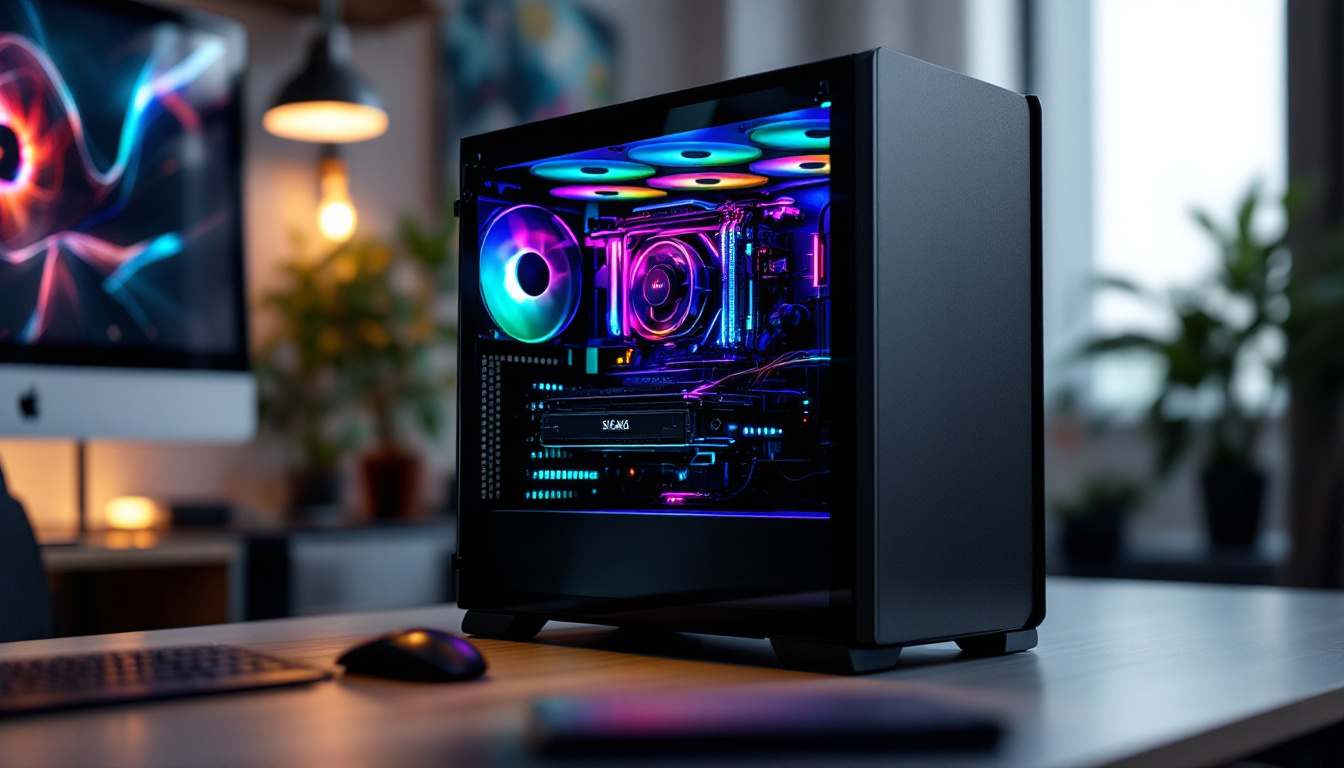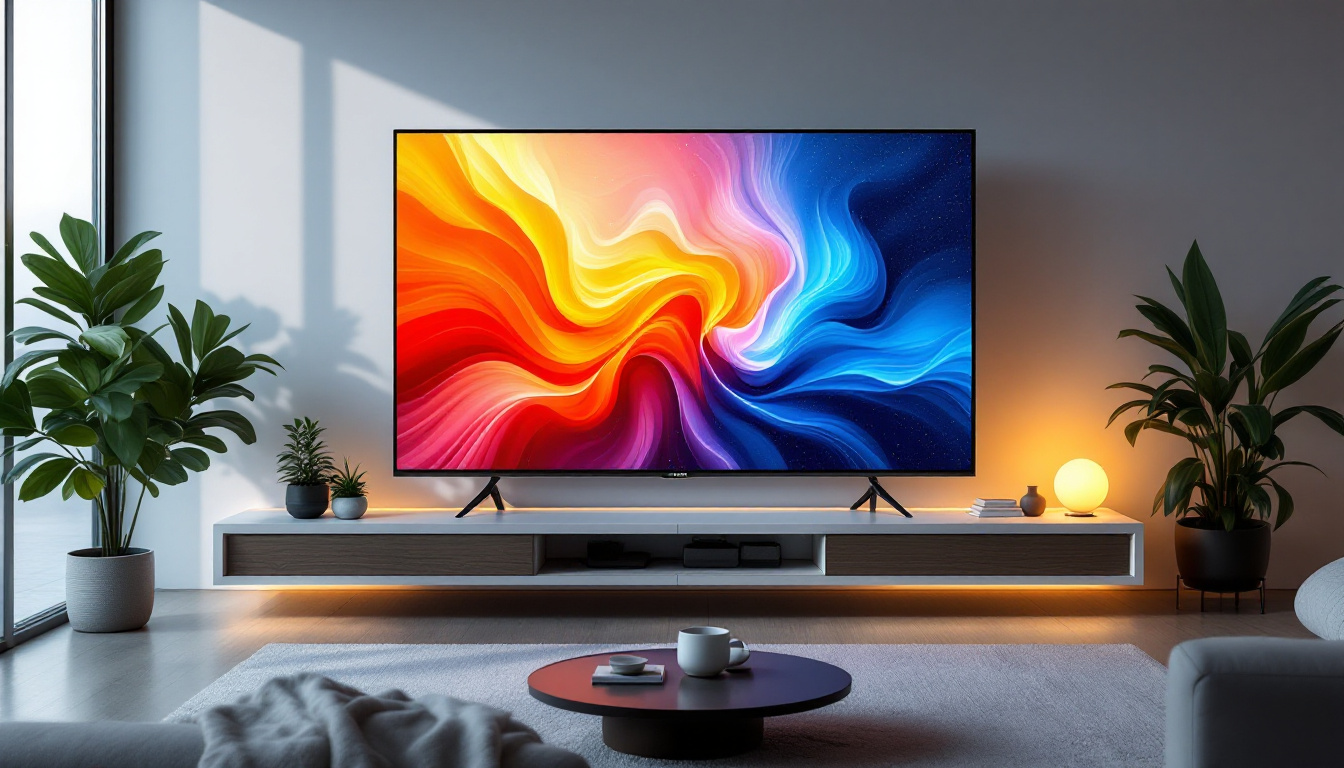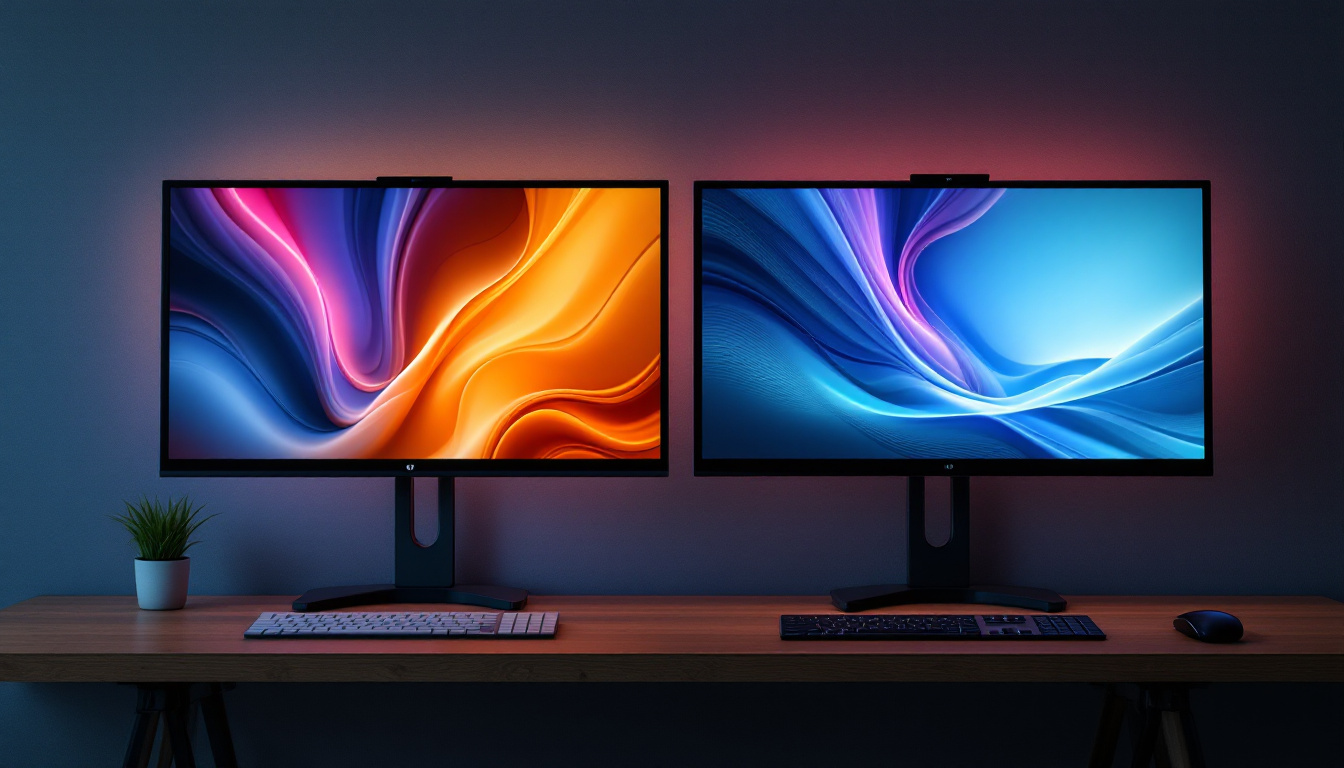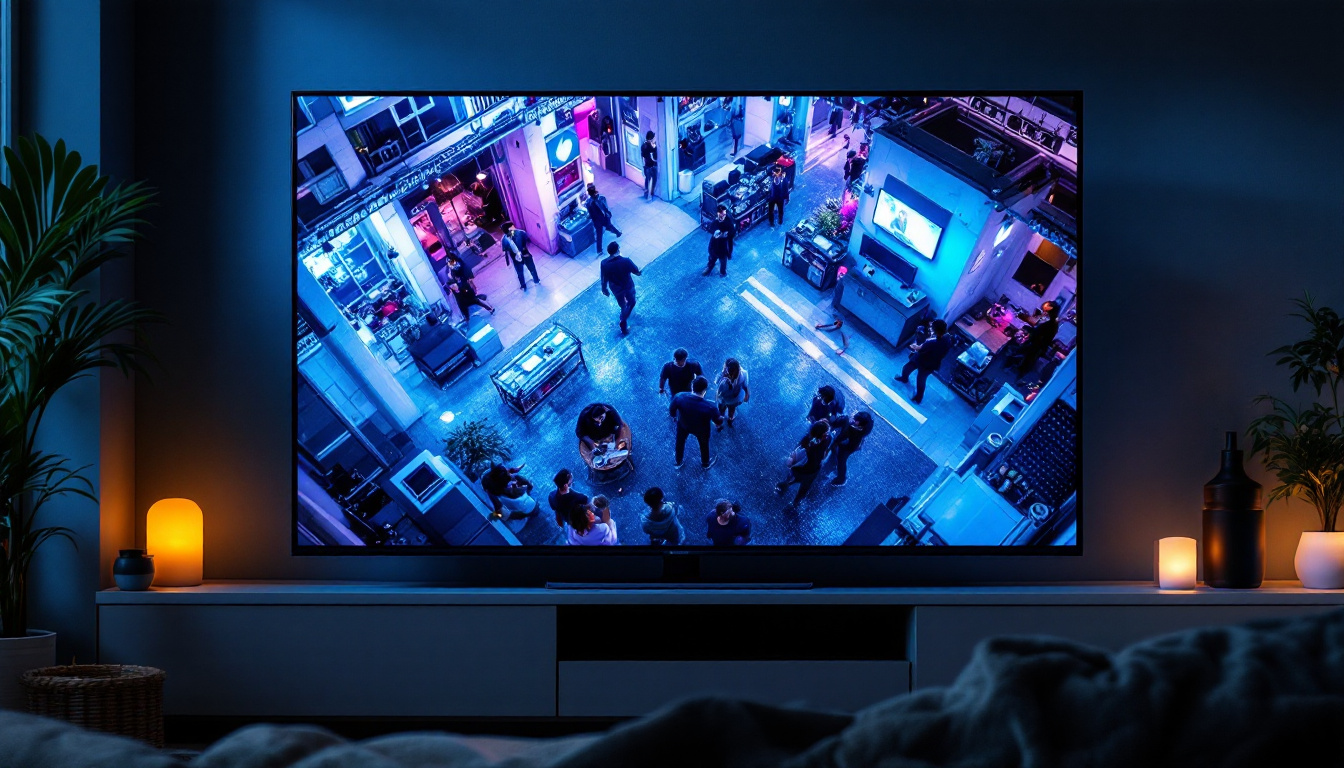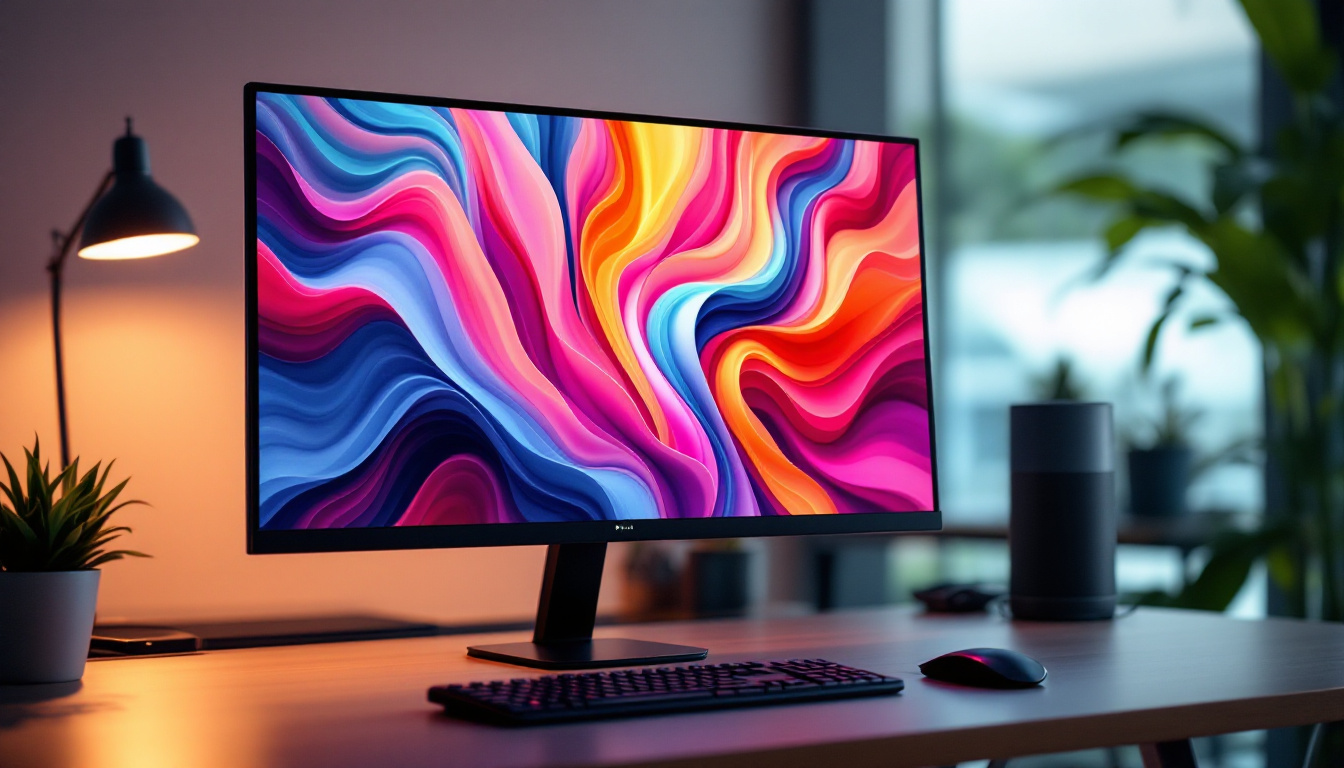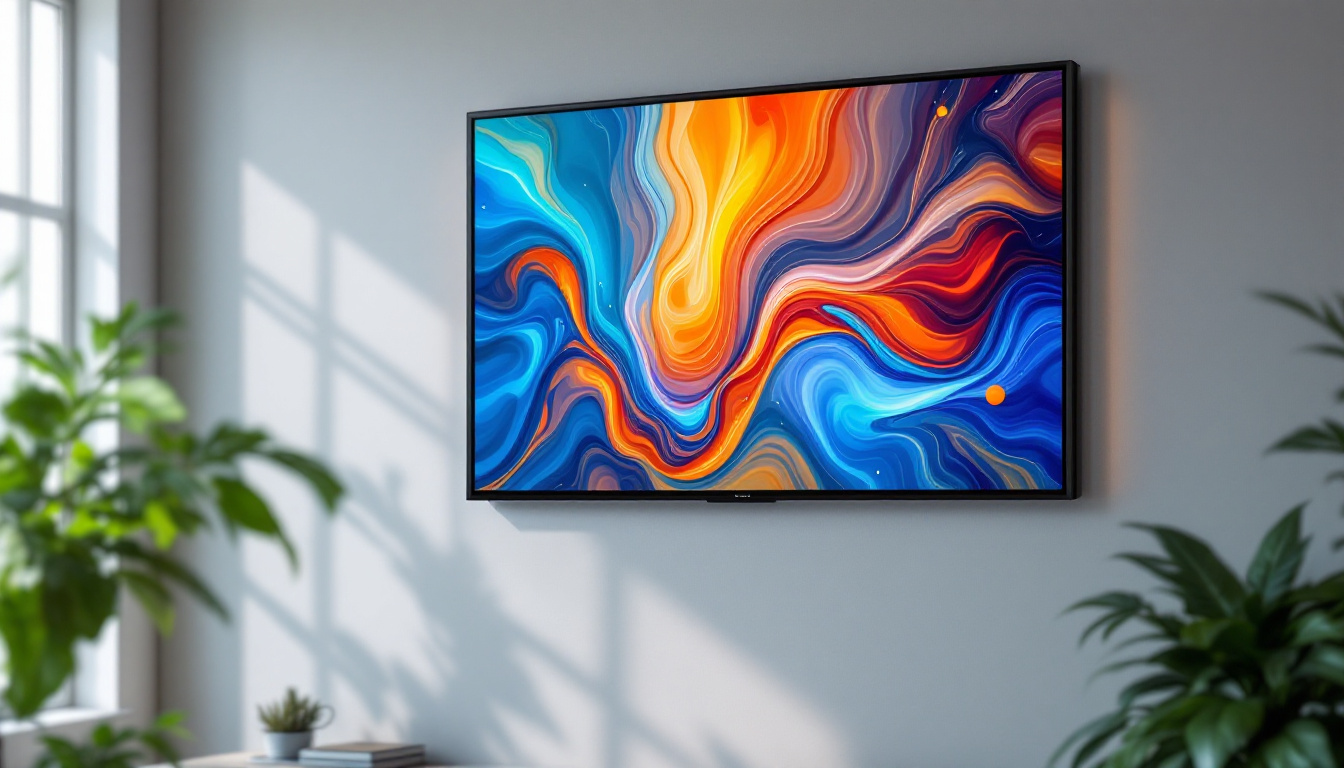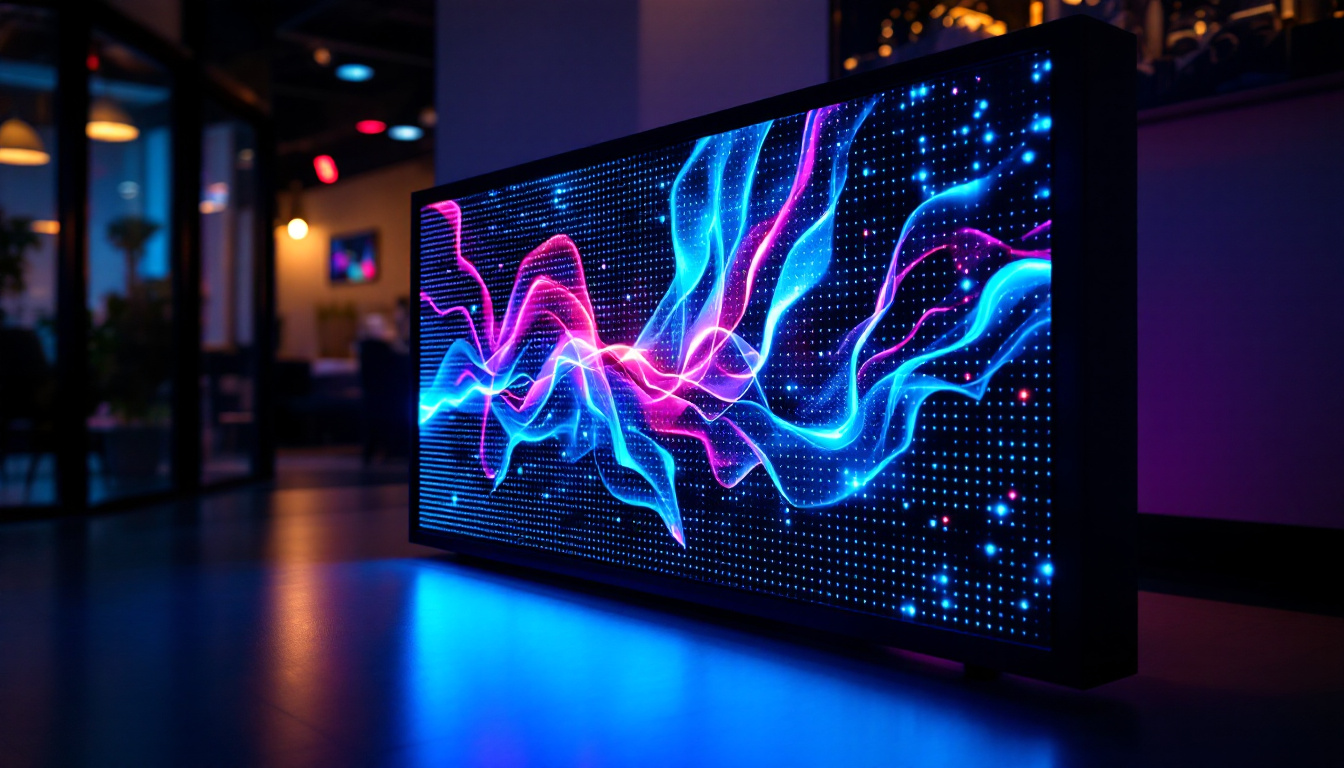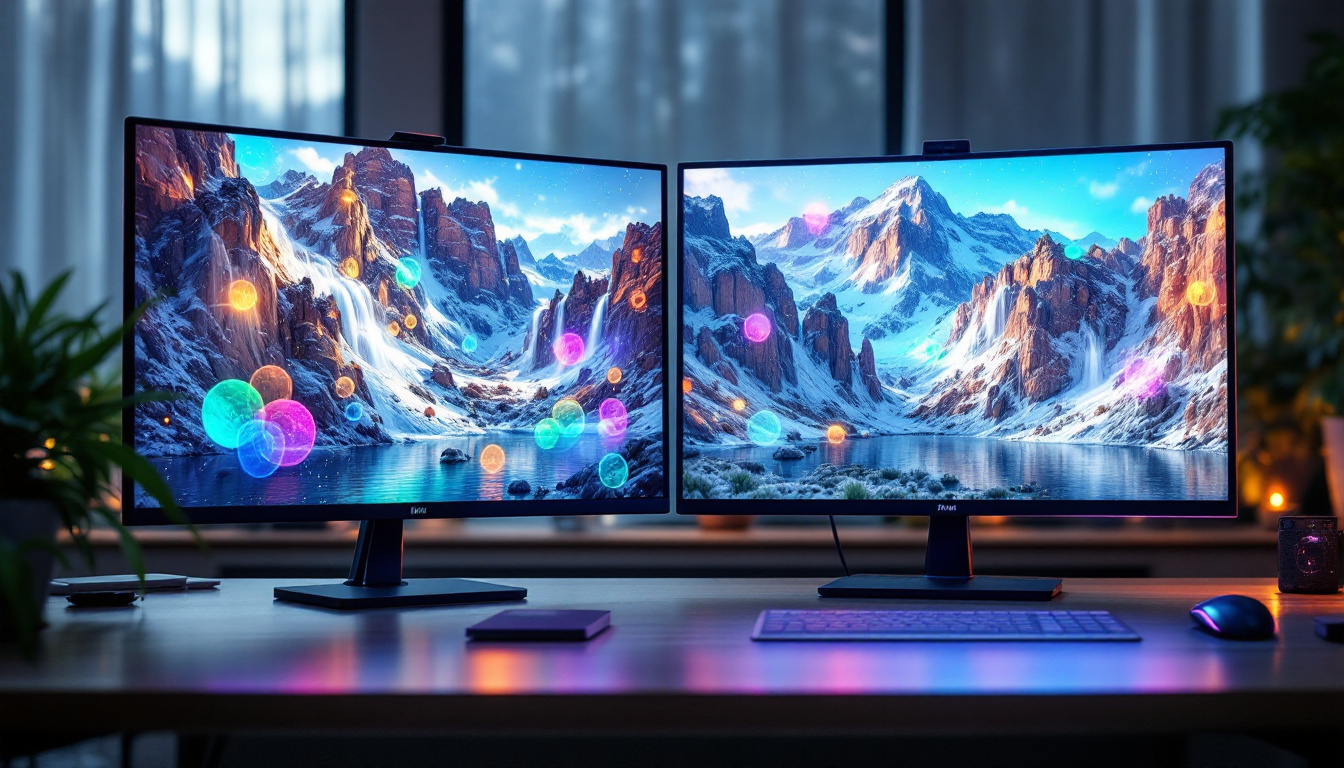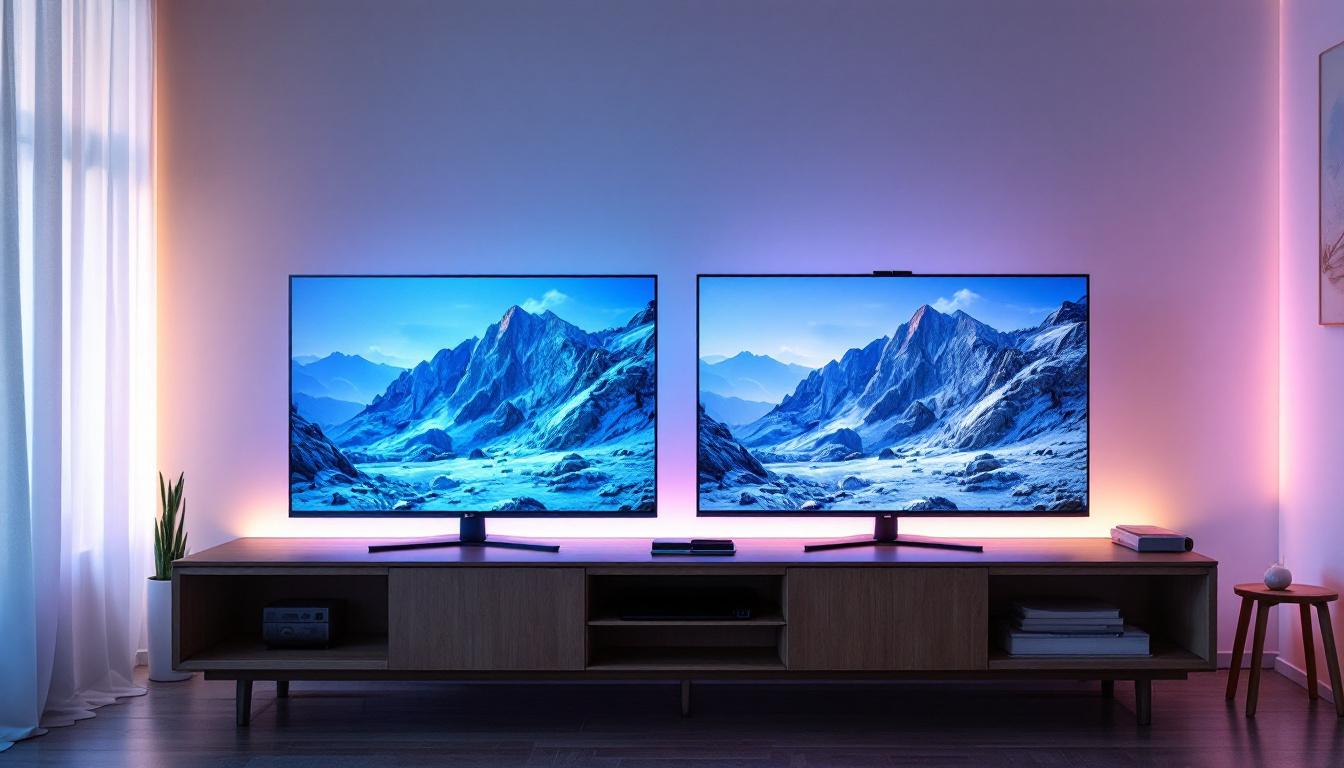Computer Case With LCD Display: LED Display Explained
In recent years, the evolution of computer hardware has led to the emergence of innovative features that enhance both functionality and aesthetics. One such feature gaining traction is the integration of LCD displays into computer cases. This article delves into the significance of LCD displays in computer cases, their benefits, and how they can elevate the user experience.
Understanding LCD Technology
What is LCD?
Liquid Crystal Display (LCD) technology has become a staple in various electronic devices, from televisions to smartphones. In essence, LCDs utilize liquid crystals sandwiched between two layers of glass or plastic. When an electric current passes through, these crystals align to control the passage of light, creating images and text.
The versatility of LCD technology allows for vibrant colors and sharp images, making it an ideal choice for displaying information in a computer case. The incorporation of LCD displays into computer cases offers a unique way to monitor system performance, temperatures, and other critical data in real-time.
How LCD Displays Work
LCD displays operate based on a simple principle: manipulating light. The display is illuminated by a backlight, typically LED, which shines through the liquid crystals. The crystals can either block or allow light to pass through, depending on the electrical signals they receive. This process enables the display to show various colors and images.
In the context of a computer case, the LCD can be programmed to show system statistics, such as CPU temperature, GPU load, and fan speeds. This capability not only provides valuable insights into the system’s performance but also allows users to customize the display according to their preferences.
Benefits of LCD Displays in Computer Cases
Real-Time Monitoring
One of the most significant advantages of having an LCD display integrated into a computer case is the ability to monitor system performance in real-time. Users can easily keep track of critical metrics without needing to install additional software or open monitoring applications.
This feature is particularly beneficial for gamers and professionals who require optimal performance from their systems. By having a dedicated display, users can quickly assess whether their hardware is operating within safe parameters, enabling them to make informed decisions regarding overclocking or cooling solutions.
Customizability and Aesthetics
Another compelling reason to consider a computer case with an LCD display is the level of customizability it offers. Many LCD displays allow users to choose from various themes, colors, and layouts, enabling them to personalize their setup. This customization can enhance the overall aesthetic of a gaming rig or workstation.
Moreover, the visual appeal of an LCD display can serve as a conversation starter, showcasing the owner’s attention to detail and passion for technology. Whether it’s a sleek design or vibrant animations, the display can elevate the look of any computer setup.
Enhanced User Experience
Integrating an LCD display into a computer case significantly enhances the user experience. With critical information readily available at a glance, users can focus on their tasks without interruption. This seamless access to data fosters a more efficient workflow, especially in high-stakes environments like gaming or content creation.
Additionally, many LCD displays come with built-in features such as customizable alerts and notifications. Users can set thresholds for temperature or performance metrics, receiving alerts when their system approaches critical levels. This proactive approach to system management can prevent potential issues before they escalate.
Types of LCD Displays in Computer Cases
Basic LCD Displays
Basic LCD displays typically offer simple functionality, such as displaying temperature readings or fan speeds. These displays are often monochrome and may lack advanced features like customization or animations. However, they serve their purpose well, providing essential information without unnecessary complexity.
For users who prioritize functionality over aesthetics, basic LCD displays can be an excellent choice. They are generally more affordable and can still provide valuable insights into system performance.
Advanced LCD Displays
Advanced LCD displays, on the other hand, offer a plethora of features that cater to tech enthusiasts. These displays often include full-color capabilities, customizable graphics, and the ability to showcase real-time data in visually appealing formats. Some advanced displays even support animations and dynamic graphics, adding an extra layer of flair to a computer case.
These displays are ideal for users who want to showcase their systems and enjoy a more interactive experience. With advanced LCD displays, the possibilities for customization and creativity are virtually limitless.
Touchscreen LCD Displays
Touchscreen LCD displays represent the cutting edge of technology in computer cases. These displays allow users to interact directly with the interface, providing an intuitive way to navigate through settings and information. Users can adjust fan speeds, monitor temperatures, and even control RGB lighting with a simple touch.
While touchscreen displays tend to be more expensive, they offer a unique blend of functionality and interactivity. For users who appreciate hands-on control over their systems, a touchscreen LCD display can be a game-changer.
Installation Considerations
Compatibility with Computer Cases
Before purchasing a computer case with an LCD display, it is crucial to ensure compatibility with existing hardware. Not all cases are designed to accommodate LCD displays, so it’s essential to check the specifications and dimensions of both the case and the display unit.
Additionally, consider the type of motherboard and available ports. Some LCD displays may require specific connections, such as USB or SATA, to function correctly. Ensuring compatibility will save time and frustration during the installation process.
Power Requirements
Power requirements for LCD displays can vary significantly based on their size and functionality. Basic displays may draw minimal power, while advanced or touchscreen displays may require more substantial power sources. It’s essential to verify that the power supply unit (PSU) can handle the additional load without compromising the system’s stability.
Planning for power requirements in advance can prevent potential issues, ensuring that the system runs smoothly and efficiently.
Software and Drivers
Many LCD displays come with accompanying software or drivers that enable users to customize settings and monitor performance. Before installation, it’s advisable to check for available software updates to ensure optimal functionality.
Some displays may have specific software requirements or compatibility issues with certain operating systems. Researching these aspects beforehand can facilitate a smoother installation process and enhance the overall user experience.
Popular Brands and Models
Notable Brands in the Market
Several brands have established themselves as leaders in the market for computer cases with LCD displays. Companies like Corsair, NZXT, and Thermaltake are renowned for their innovative designs and high-quality products. These brands often offer a range of options, from basic to advanced displays, catering to various user needs.
When selecting a brand, it’s essential to consider factors such as customer support, warranty, and reviews from other users. A reputable brand can provide peace of mind, ensuring that the product is reliable and backed by a solid support system.
Top Models to Consider
While the market is saturated with options, a few standout models have garnered attention for their performance and features. The Corsair 4000D Airflow, for instance, is known for its excellent cooling capabilities and customizable LCD display options. Similarly, the NZXT H510 Elite offers a sleek design with a vibrant LCD panel that can display system statistics.
For users seeking advanced features, the Thermaltake View 71 is a top contender, boasting a large LCD display with extensive customization options. These models exemplify the balance between aesthetics and functionality, making them popular choices among tech enthusiasts.
Future Trends in LCD Displays for Computer Cases
Integration with Smart Technology
As technology continues to evolve, the integration of smart features into LCD displays is becoming increasingly common. Future models may incorporate AI-driven analytics, allowing users to receive personalized recommendations based on their usage patterns. This level of integration could revolutionize how users interact with their systems, making it easier to optimize performance and troubleshoot issues.
Additionally, the potential for voice control and remote monitoring through smartphones or tablets could further enhance the user experience. Imagine being able to adjust system settings or receive alerts from anywhere in the home or office.
Improved Energy Efficiency
Energy efficiency is a growing concern in the tech industry, and LCD displays are no exception. Future developments may focus on reducing power consumption while maintaining high-quality visuals. Innovations in backlighting technology, such as mini-LED and OLED, could lead to displays that consume less energy while providing superior image quality.
As consumers become more environmentally conscious, manufacturers will likely prioritize energy-efficient designs, making LCD displays not only more appealing but also more sustainable.
Enhanced Customization Options
The demand for personalization in technology is on the rise, and LCD displays are no exception. Future models may offer even more extensive customization options, allowing users to create unique displays that reflect their personalities and preferences. From dynamic animations to interactive widgets, the possibilities for customization are virtually limitless.
As the technology matures, users can expect to see more user-friendly interfaces that simplify the customization process, making it accessible to a broader audience.
Conclusion
Incorporating an LCD display into a computer case is not just a trend; it represents a significant leap forward in how users interact with their systems. The ability to monitor performance in real-time, coupled with customization options, enhances both functionality and aesthetics. As technology continues to evolve, the future of LCD displays in computer cases promises even more exciting possibilities.
Whether for gaming, content creation, or everyday use, an LCD display can transform a standard computer setup into a dynamic and engaging experience. With various options available in the market, users can find a solution that meets their needs and elevates their computing experience to new heights.
Discover the Future of Visual Engagement with LumenMatrix
Ready to take your computer setup to the next level? LumenMatrix is at the forefront of LED display innovation, offering a wide array of solutions that can transform your environment and captivate your audience. From the immersive Indoor LED Wall Display to the dynamic Outdoor LED Wall Display, and from the sleek LED Poster Display to the interactive Floor LED Display, LumenMatrix has the perfect LED solution to suit your needs. Elevate your visual experience and make a powerful statement with our Custom LED Display options. Don’t just follow the trends—set them. Check out LumenMatrix LED Display Solutions today and see how we’re redefining the art of digital signage and visual communication.

